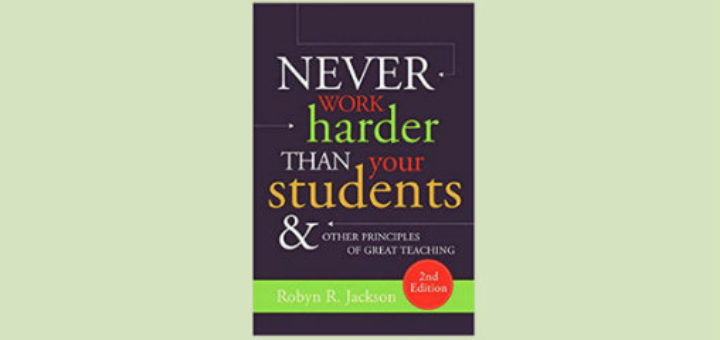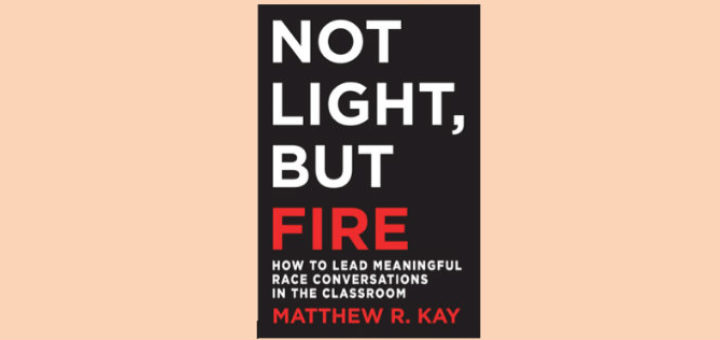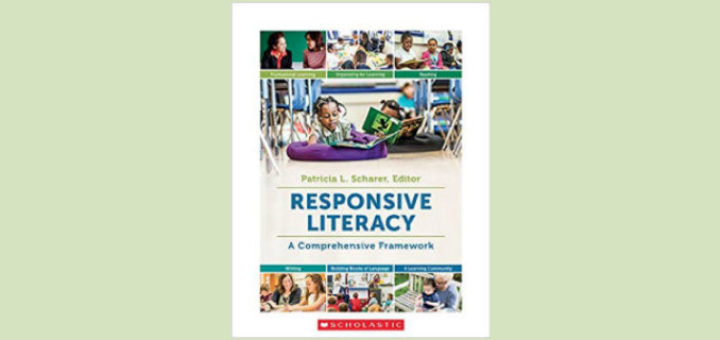A Guide to Becoming a Master Teacher
Teacher Kathleen Palmieri strongly recommends the 2nd edition of Robyn Jackson’s book on the principles of mastery teaching, noting updated information, new tools and fresh topics that reflect Jackson’s own decade of learning. Included: a mastery self-assessment.




















